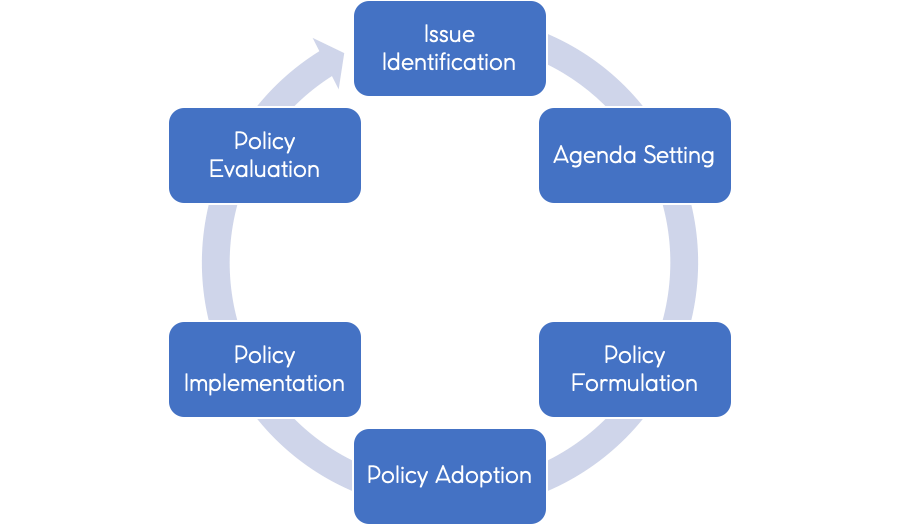MARCH 26, 2019
LEADERSHIP, VISION & CHOICE
Of the twelve (12) principles needed to fulfil the vision, we have discussed the following five (6) in preceding weeks:
- Be Directed by a Clear Vision
- Know Your Potential for Fulfilling Vision
- Develop a Concrete Plan for Your Vision
- Possess the Passion of Vision
- Develop the Faith of Vision
- Understand the Process of Vision
Today, we will look at the seventh principle, “Set the Priorities of Vision”.
“Both successful and unsuccessful people alike make decisions every day that influence their chances of achieving their visions. Whether they realize it or not, it is the nature and quality of the choices they make that determine their success or failure” Myles Munroe
Vision implementation requires prioritization of choices or alternatives. Priorities affect choices and choices determine success or failure of vision. What then is priority? Priority is defined as:
- the fact or condition of being regarded or treated as more important than others: the safety of the country takes priority over any other matter.
- [count noun] a thing that is regarded as more important than others: housework didn't figure high on her list of priorities.
CHOICES & PRIORITIES
Leadership is about choices or decision making. Priority is the key to effective decision-making. Our decisions are based on our priorities and how we prioritize can lead to success or failure of vision.
Life is filled with a multitude of alternatives or choices and we are all the sum of the choices we have made. Our choices, alternatives, preferences reveal who we are and what we value in life. You have become what you have thought and decided for the last hirty years of your life. "For as he thinketh in his heart, so is he." (Proverbs 23:7). Our choices begin in our thought life. We are also today the sum of our commutive thought life for the past ten, twenty or thirty years. Our thoughts ca make their way into reality.
"Now unto him that is able to DO exceeding abundantly above all that we ask or think, according to the power that worketh in us," Ephesians 3:20 (KJV)
We can impact tomorrow or the future by how we think and act today. Our priorities when it comes to choices have a direct impact on our future.
Let us use an example from my field of expertise—public policy.
POLCIY CYCLE
Leadership is about solving problems. Solving problems often require making difficult choices—choosing between alternative courses of action. Let us consider national leadership. When people run for office, they make campaign promises sometimes written in a manifesto format. The manifesto encapsulates the vision of the leader (such as Donald Trump) or that of the political party (usually the case in developing countries). In all democratic societies, sovereignty is invested in the citizenry or public and they through adult suffrage elect public servants to help manage the nation and its resources. One of the jobs that these public servants are given by the people is solving public problems. In doing so, the public good is of utmost paramountcy. These resources in a nation are not infinite so the elected and appointed leaders who are public servants (servant leaders or leader servants) are tasked by the people to provide solutions to public problems with finite resources. The solutions they come up with is what is known as public policy and usually elected officials will prioritize public problems that are in line with their visions or manifesto. But how is public policy arrived at? To illustrate how solutions to public problems are arrived at, we must consult what is known as a policy cycle. It is basically a cycle of prioritization of choice and alternatives.
LEADERSHIP, POLICY CYCE AND CHOICES
STAGES IN THE POLICY PROCESS
- Issue Identification: Attention that prompts the need for government action
- Agenda Setting: Government begins to give serious consideration
- Policy Formulation: Development of possible solutions; consideration of several alternatives
- Policy Adoption: Deciding on a particular alternative or set of alternatives
- Policy Implementation: The policy can change quite dramatically during this stage.
- Policy Evaluation: How well did or does the policy work? The information obtained from this stage—policy evaluation—will feed back into the policy formulation stage
If a President or minister of state tours a country, they will meet many stakeholders in the governance loop such as chiefs, District Chief Executives (DCE) and opinion leaders who will make demands for roads, schools and other public goods. This is the issue identification stage. The President now has to prioritize which of the needs he will allocate the limited national resources to. It is the one’s s/he selects that make it onto the national agenda, hence agenda setting stage. The prioritized problems will be handed over to civil servants who are policy analysts to come up with a number of possible solutions for the policy maker to make a selection from. This is the policy formulation stage. Of all the solutions proffered, only one will be adopted for action by the policy maker. This is the policy adoption stage and requires prioritizing one alternative above all the ones proffered by the policy analysts. The option that is adopted will then be implemented and evaluated. If the problem (issue identified) is resolved, then the policy is a success. If the solution proffered does not resolve the problem, then another solution is adopted, implement and evaluated—and the cycle is continued until the issue identified is resolved.
SUMMARY
Leadership requires making a lot of choices and choices can make or break leadership. The entire creation fell because of ONE choice of Adam and Eve to disobey God. Sometimes we can choose a good option at the expense of best. The good news we see from the policy cycle example is that, “vision focuses our priorities”. A government’s manifesto or vision focuses its priorities and it makes decisions based on its vision. If a leader wants to fulfill their vision, they must fix their gaze and energies on their vision and allow it to dictate their choices. They should guard against following options that are not harmful but do not enhance the fulfilment of vision. Such options distract from the main thing. As noted by Peter Lord: The MAIN THING is to keep the MAIN THING the MAIN THING. The main thing is vision.
PS: On the issue of national leadership, here is some food for thought. Nations for the most part allow the elected servants to come up with a vision for the nation (manifesto) and these government administrations are evaluated on the basis of their own manifestos. When another administration is given power by the people through adult suffrage, they also bring their visions which are different from those of their predecessors. Is this good leadership practice? The disjointed, disparate visions do not make for continuity. Would it not be better to have a broad national vision that each administration regardless of party affiliation must subscribe to? Is so, how does such a national vision come about and what checks and balances should be put in place so that it represents the aspirations of the people and not political parties or external actors?





